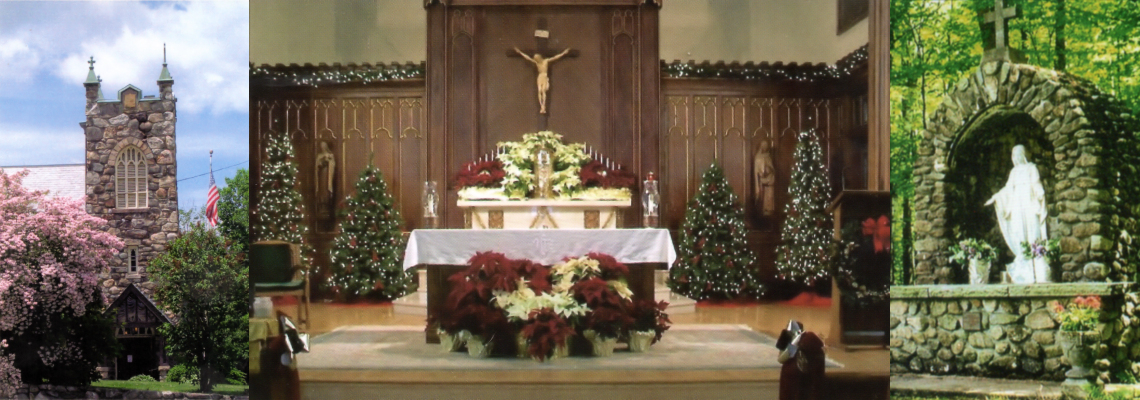An Apologetical Explanation of
How to Read the Old Testament
How can we best understand the Old Testament?
Beginning with Moses and all the prophets, he interpreted to them in all the Scriptures the things concerning himself…. And their eyes were opened and they recognized him; and he vanished out of their sight. They said to each other, “Did not our hearts burn within us while he talked to us on the road, while he opened to us the Scriptures?” (Lk 24:27, 31-32)
The Old Testament comprises a diverse range of books rich in history, instruction, allegory, and symbolism. The Church calls upon us to understand the literal and spiritual senses of Scripture and their relationship to each other in order to draw forth the full depth and richness of the Word of God.
When reading the Old Testament, it is important to understand first a passage’s literal sense, its most immediate and direct meaning. What was the inspired author trying to say? “All other senses of Sacred Scripture are based on the literal” (Sth I, 1, 10, ad I). (Cf. CCC 116)
In order to do this, we must consider the literary genre of the passage. Is it history, law, wisdom, poetry, prophecy, apocalyptic, letter, epic, or allegory? Each type conveys its truths in a somewhat different manner and must be read accordingly. For example, the account of creation reveals God s the Creator of all things and the order and goodness of his creation. Prominent in this narrative is the exalted dignity of the human person, created in the image and likeness of God.
However, we should avoid reading the Old Testament literalistically. A literalistic interpretation would render the earth immobile, flat, and set upon pillars (cf. 1 Sm 2:8; Jb 9:6); in addition, sea monsters would be set as guards at the edges of the seas (Cf. Ps 104; Jb 41).
The spiritual sense is also important to evoke the full meaning of what the Holy Spirit intends. The Catechism describes three main spiritual senses, each of which lends insight into the meaning of Scripture in its own special way:
- the allegorical, or typical, sense, which understands a person, place, or event of Scripture as being a figure, or type, of a later person, place, or event (see “Typology”) [page # removed];
- the moral, or tropological, sense, which understands how the people, places, and events of Scripture can be models right behavior and can teach us about the personal dignity and responsibility; and
- the anagogical sense; which understands how the teachings of Scripture lead to eternal life. (Cf. CCC 116-117)
The Catechism addresses this question in paragraphs 116-117.
The contents of this page are Copyright © 2014 Rev. James Socias (of the Midwest Theological Forum). These apologetics are reproduced with written consent of said copyright holder for St Patricks Parish, Jaffrey, NH website only. Reproduction of any sort must be approved directly by said copyright holder.
To get a hardcopy of these Apologetics or the Didache Bible please visit the Midwest Theological Forum (publisher) at: http://www.theologicalforum.org
